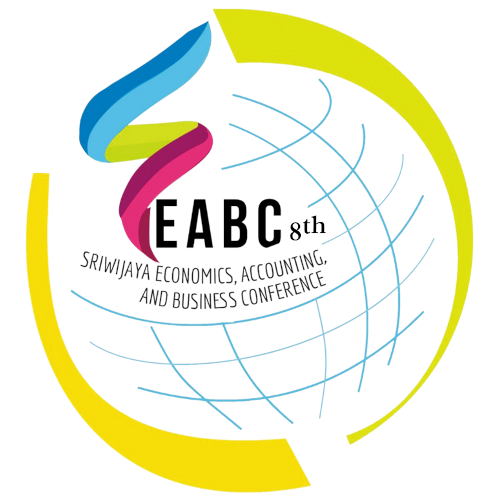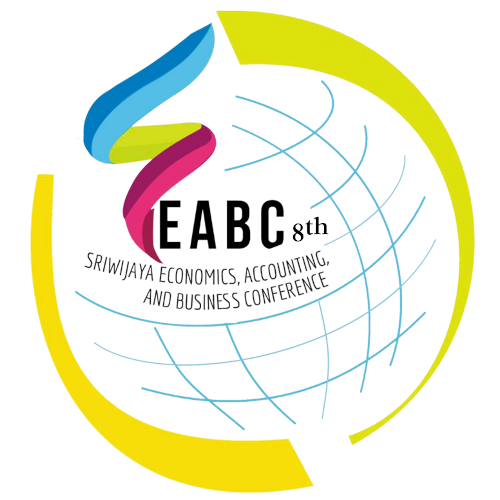Your business’s income statement offers an in-depth look at its financing. If any of this financing involves borrowing money, you’ll need to make interest payments as you repay the balance. How is this interest dealt with in business accounting, and what is an interest expense on the income statement? In these formulas, I is the interest expense, P is the principal, r is the interest rate, t is the length of time in years, and n is the number of times per year that interest is compounded.
Compounding interest: loan interest on steroids
- This is because its operating income might not be adequate to cover such expenses.
- Inaccurate interest expense figures can hinder your ability to make strategic financial decisions.
- That is, she wants to borrow money from a bank to purchase the machine.
- Earnings before interest, taxes, depreciation, and amortization (EBITDA) is a figure that takes operating income and adds back in the costs of depreciation and amortization for the period.
Since borrowing money does not depend on the company’s production level, this type of expense is a fixed cost. An individual would get a loan from a bank to buy the house of their dreams. In turn, the bank negotiates to lock in a fixed percentage or floating rate on top of the regular installment payments until the house gets paid off.
Is Interest Expense an Operating Expense?
Interest expense affects your profits and how money moves in and out of your business. Understanding this helps you make smart choices about loans, managing debt, and planning where you put your resources. It also lets you see the cost of borrowing https://www.online-accounting.net/deductible-expenses-definition/ money, helping you negotiate better terms with lenders and organize your finances wisely. Operating expenses are related to the day-to-day operations of a business. Interest expense is a cost incurred from borrowing money from lenders.
Interest Expense in Accounting
However, some assets use simple interest for simplicity — for example bonds that pay an interest coupon. To take advantage of compounding you would need to reinvest the dividends as added principal. For example, let’s say you take out a $10,000 loan at 5% annual simple interest to repay over five years. Under this formula, you can calculate simple interest taken over different frequencies, like daily or monthly. For instance, if you wanted to calculate monthly interest taken on a monthly basis, then you would input the monthly interest rate as “r” and multiply by the “n” number of periods.
What is Interest Expense and how is it calculated?
Operating expenses are a controllable type of expense that a business should always aim to minimize to make higher profits. These expenses indicate how the company performs, a critical indicator that banks and investors gauge. This expense is recorded on the income statement and shows the incurred expense when the transaction occurs (and not necessarily when the amount was bookkeeping business names paid). Let’s not forget to mention one of the biggest benefits of borrowing money is that it is tax-deductible. Interest expense is the price that someone pays in exchange for borrowing money. In simpler terms, compound interest is like interest building on top of interest, creating a snowball effect that can lead to a higher overall cost of borrowing over the long term.
The formula multiplies these three components to determine the total interest expense incurred over a specific period. It’s important to note that the time component should be in the same unit as the interest rate (e.g., if the interest rate is annual, time should be in years). If its operating income is $160,000, it has an interest coverage ratio of 20. This is a good indicator that the company will have no problems covering its interest expense obligations with its operating income.
It may be optionally disclosed in the notes to the financial statements. Interest is the cost you pay to borrow money or the compensation you receive for lending money. You might pay interest on an auto loan or credit card, or receive interest on cash deposits in interest-bearing accounts, like savings accounts or certificates of deposit (CDs). Like other expenses, you can list interest expense deductions on your tax return. Because interest payments are a reduction to your business’s net income, this makes it tax-deductible. The interest expense deduction is something to keep in mind as a strategic way to reduce your tax burden if you need to finance assets for your business.
If you underestimate your interest obligations, you might face unexpected cash outflows, impacting your ability to cover other essential expenses or invest in growth opportunities. When dealing with lenders or creditors, accurate interest expense https://www.online-accounting.net/ figures are crucial. Inaccuracies may affect your ability to negotiate favorable loan terms or communicate your financial position effectively. Lenders rely on precise financial data when assessing risk and determining interest rates.
It shows the profit the company derives from its core business activities. It excludes interest expense because it is not directly related to the day-to-day operations of the business. EBIT attempts to measure exactly how much a company earns from its core business operations. Most commonly, interest expense arises out of company borrowing money. However, another transaction that generates interest expense is the use of capital leases. When a firm leases an asset from another company, the lease balance generates an interest expense that appears on the income statement.
As we navigate the financial landscape, let the precision in calculating interest expense be our compass, guiding us toward a future marked by financial acumen and prosperity. Inaccurate interest expense calculations can lead to misleading financial statements. In turn, it can provide a distorted picture of your company’s profitability, financial health, and overall performance. Potential investors, creditors, or stakeholders may decide based on flawed information. If interest is the actual cost of borrowing, interest expense is how a company handles interest payments in accounting.


